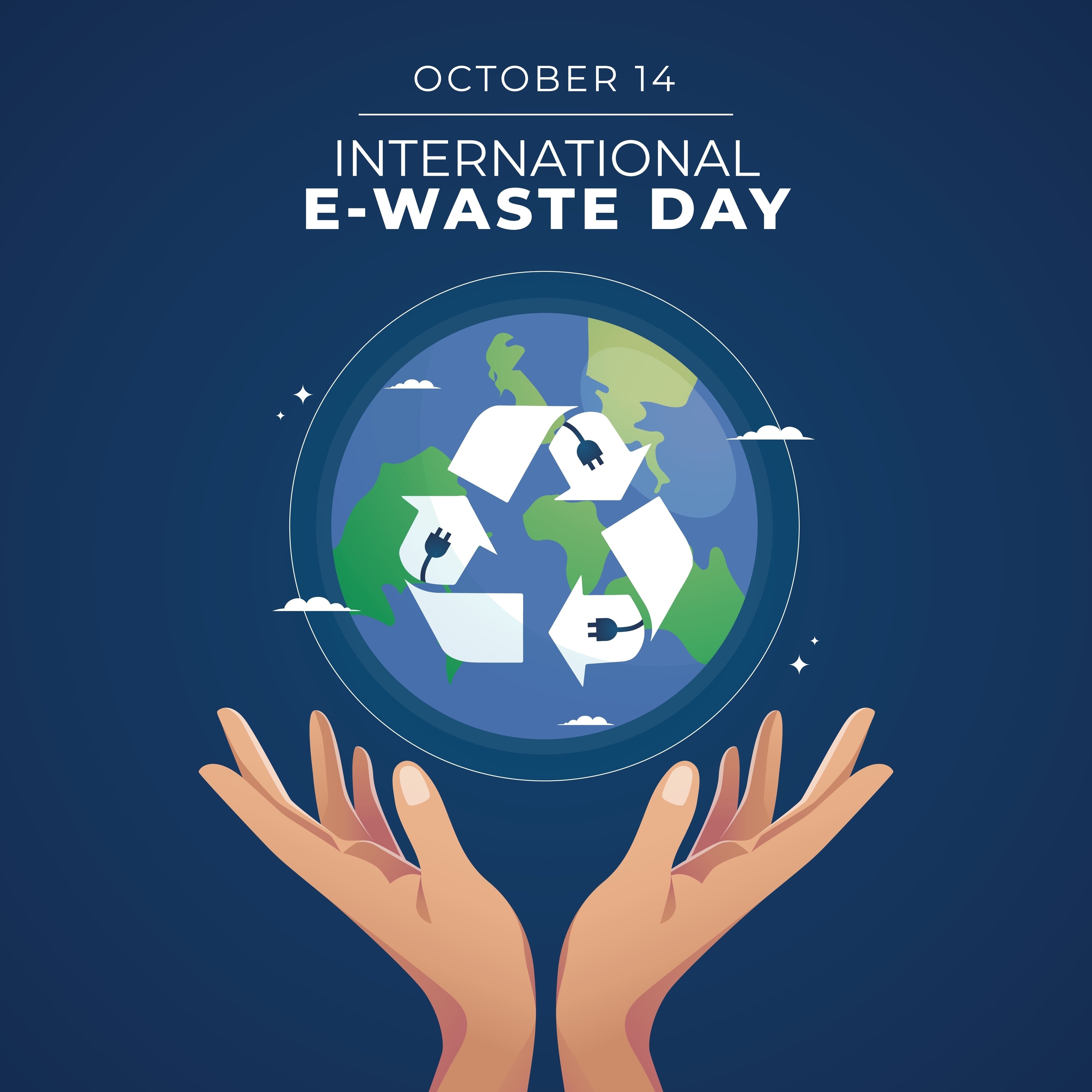Every year, International E-Waste Day highlights a growing global challenge that continues to accelerate with technological progress. As digital devices become essential to daily life, the waste they leave behind is accumulating at record speed. From smartphones and laptops to home appliances and industrial systems, electronic waste, or e-waste, has become one of the fastest-growing waste streams in the world.
According to the Global E-Waste Monitor, the planet generated 62 million metric tons of e-waste in 2022, yet less than a quarter of that material was properly collected or recycled. The remainder often ends up in landfills or is processed through informal systems that expose workers and the environment to harmful substances. Addressing this issue requires collaboration among manufacturers, recyclers, policymakers, and consumers to create systems that value materials for their full lifecycle.

